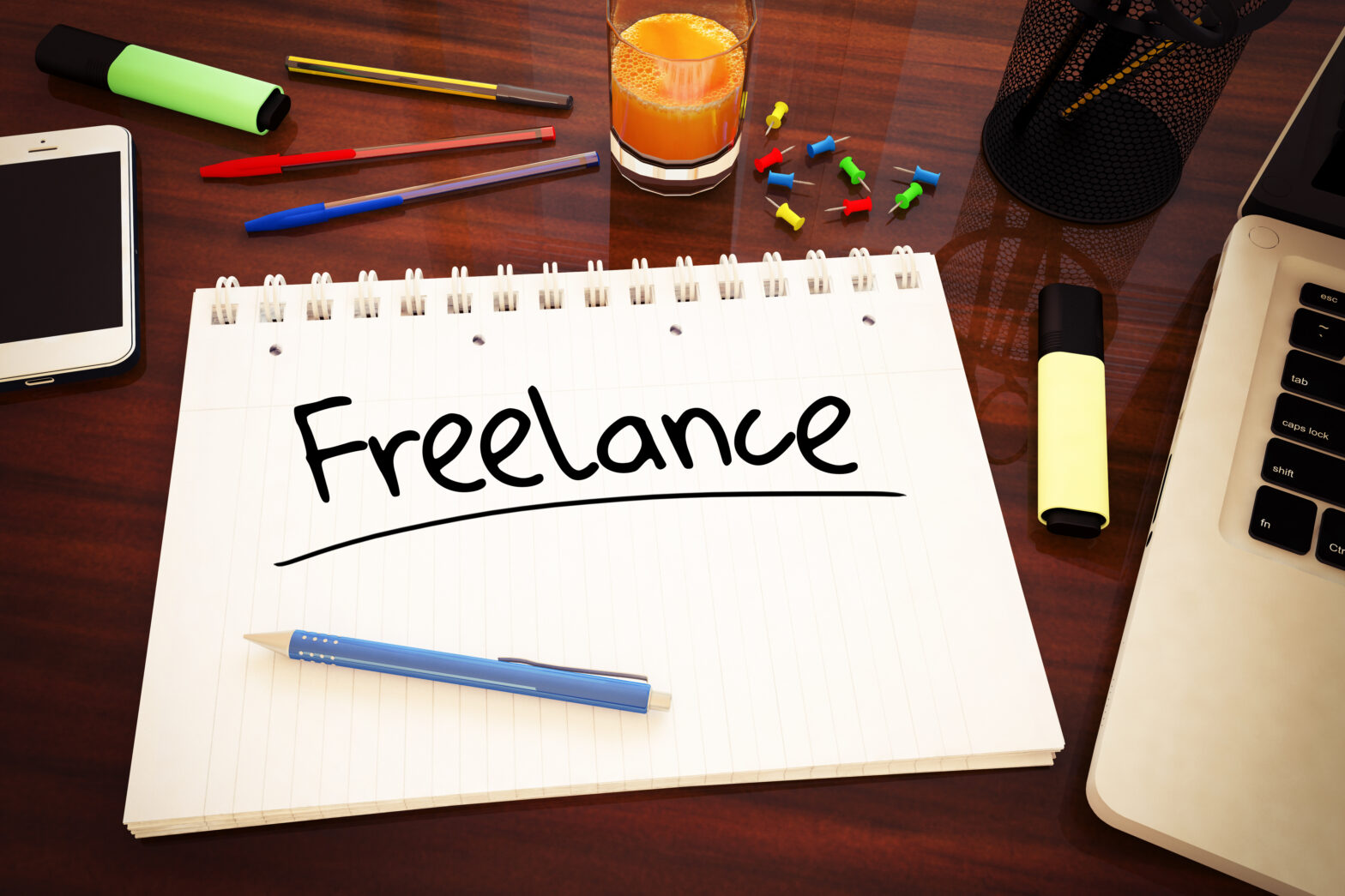All small businesses worth their salt recognise the importance of effective visual branding when they are starting out. Having a web presence that stands out against the competition is essential, and this presence can be influenced by effective imagery.
But start-up companies all too frequently do not have the budget to get their branding outsourced, and a lack of budget can tempt company owners into using unlicensed images. However, this practice can result in a large fine for small companies; copyright infringement is a very real risk.
In recent times, lobbying group the Forum of Private Business has reported an increase in calls to its member helpline on the issue of copyrighted images.
The Forum expressed concern about companies using unlicensed images and urged business owners to check they are legally entitled to use certain images, as powerful copyright holders actively pursue copyright infringement involving their images.
Know your image licences
It is fair to say that the digital age has made it difficult for the uninitiated to know about the situation regarding ownership of images online. For many, the fact that pictures are freely available on the internet may imply that anyone is permitted to reuse such images.
But in reality, there are a number of important considerations to make. Firstly, know the difference between Royalty-Free and Rights-Managed images. With Royalty-Free, the user pays a flat fee in return for full use of a particular image permitted under the license. This means you have an affordable way to use an image across multiple projects or campaigns.
Conversely, Rights-Managed licenses come with a time period for use, and allow the exclusive use of an image in a given territory or for a given purpose.
There are some other issues to get to grips with also. Editorial Use Only means the image is reserved for commercial purposes, including advertising, marketing, or promotional activities. Whether you need a standard or extended licence is also a consideration to be made. A standard licence covers basic usage (website display) whereas an extended licence allows for the image to be used in other ways, for example printing on t-shirts.
Models shown in images must not be seen to endorse a product, not must they be portrayed in a ‘sensitive way’ without using a disclaimer. This means the model cannot be associated with mental or physical health problems, sexual health disorders/preference, substance abuse or criminal behaviour.
If you bought content, it is licensed only to you. This means if you are working on behalf of a client, you need to make sure you license the image for use on projects specified to that client.
Finally, if you use a stock agency, take heed of the licence agreement. For example, the iStock Content Licence Agreement warrants that, provided you abide by the licence you purchased, you will not be held liable for IP, property or privacy claims regarding the image covered by that licence. Basically, it’s giving you peace of mind that you are acting legally and ethically – pretty valuable for any small business owner.
See also: Six things small businesses need to know about image licensing





